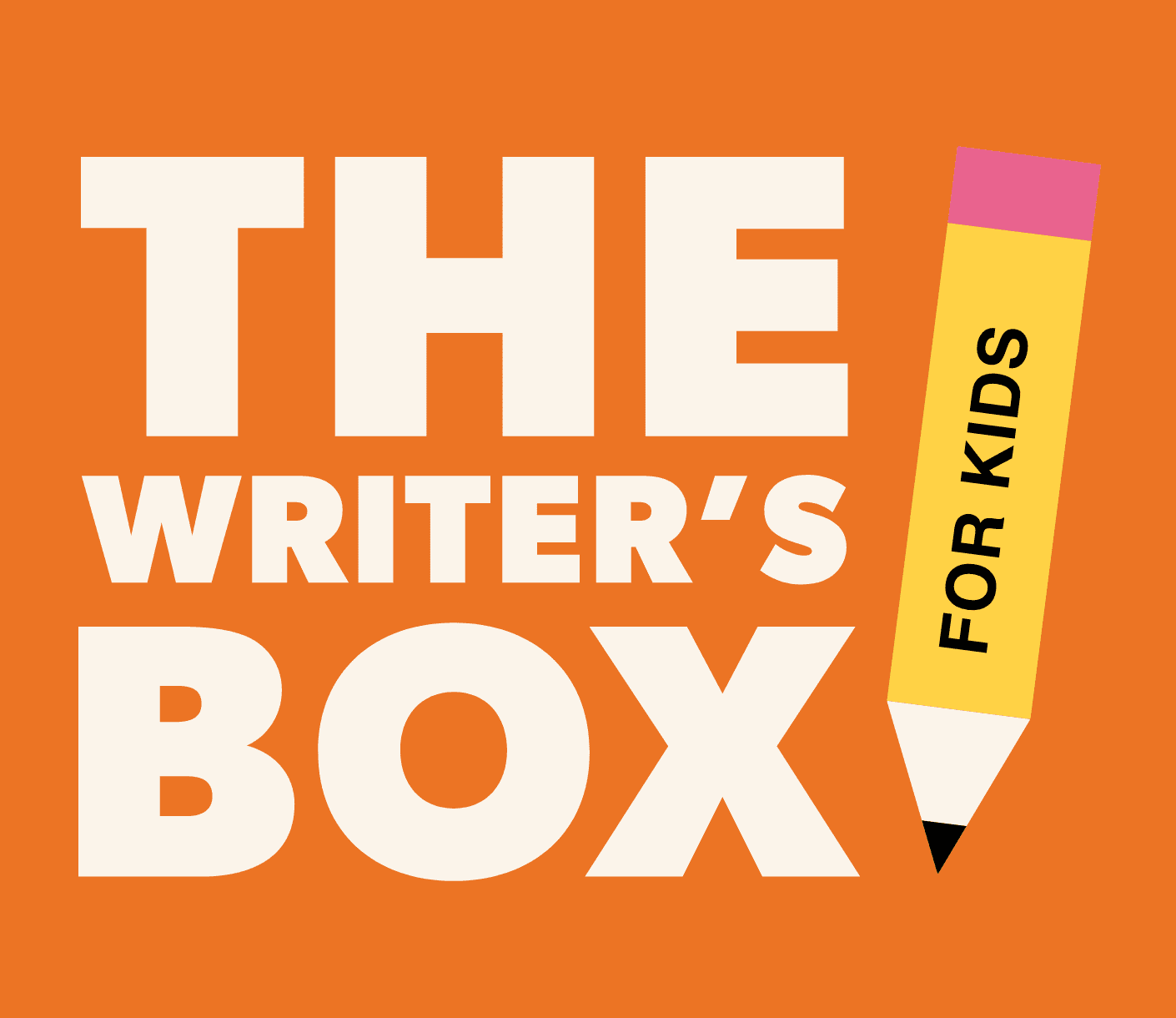We’re writing this on a bright Saturday morning! There are many weekend plans on our to do lists today, but it might surprise you to learn that nowhere on our lists does it say: spend hours editing our students’ stories and essays.
In fact, even as writing teachers, editing for hours NEVER makes our to do lists. It USED to be a part of what we did, until we realized there are BETTER WAYS to help children become stronger writers.
Here’s how to edit not only efficiently, but in a way that has the best impact on children’s writing:

THE MOST EFFICIENT and EFFECTIVE WAYS TO EDIT WITH CHILDREN
- First of all, don’t edit everything. You don’t need to. Your children need LOTS of writing practice to find their voice, their rhythm, their confidence . . . if you are trying to edit everything they write, this will only discourage and slow them down. (The opposite of what you want to happen.) Let go of the reigns and let it be okay that they are writing things that aren’t perfect and, hopefully, writing more than you can keep up with. (Remember if you need more help with this, our Writer’s Box downloads can keep it moving!)
- Set deadlines that don’t overwhelm you. We talk about the importance of deadlines HERE and recommend that, about once a month, your children take a piece to the editing “finish line.” But be sure to find a pace that works for you. If once a month is too often, try every other month or once a quarter.
- Let your children be the first editors. They should “have a go” at cleaning up the piece of writing the best they can on their own. (We have an EDITING CHECKLIST you can use along with other great helps.) Try giving them one or two goals such as:
- Circling words that don’t look like they are spelled correctly.
- Breaking the piece into paragraphs.
- Double checking for sentence end marks.
- Changing any words that need to be capitalized.
- After they finish, edit together. With your child right beside you, read the piece aloud and finish up. Allow them to make the corrections you find OR you can make the corrections for them but only with their permission. This part is very important. If you “take over” and start writing all over the draft, they lose ownership. (Again, the opposite of what you want to have happen!) Make it a habit to say, “Is it okay if I write on your piece?” We have never had a child tell us no. Without exception, they say, “Yes,” but they say it with lots of pride:)
- Finally, trust that you are in the midst of a powerful teaching moment. The SINGLE BEST WAY for children to learn grammar and mechanics that sticks is in the midst of editing a piece of writing they care about. You will be in the moment RIGHT NOW! This will work hundred billion times better than a worksheet. All you have to say is, “Look how you need a paragraph right here,” or “Notice that this sentence needs a question mark” and BAM. It will make a huge difference for them as writers. And the more you do this, the more these moments will add up. (FOR REAL!)


This approach to editing is tried and true. Whether you are helping one child at home or helping 64 students (like Carrie this school year), you don’t have time for something that doesn’t work!
Give these ideas a try on your next deadline and let us know how it goes. We love being on your team and helping you help your writers to grow!













